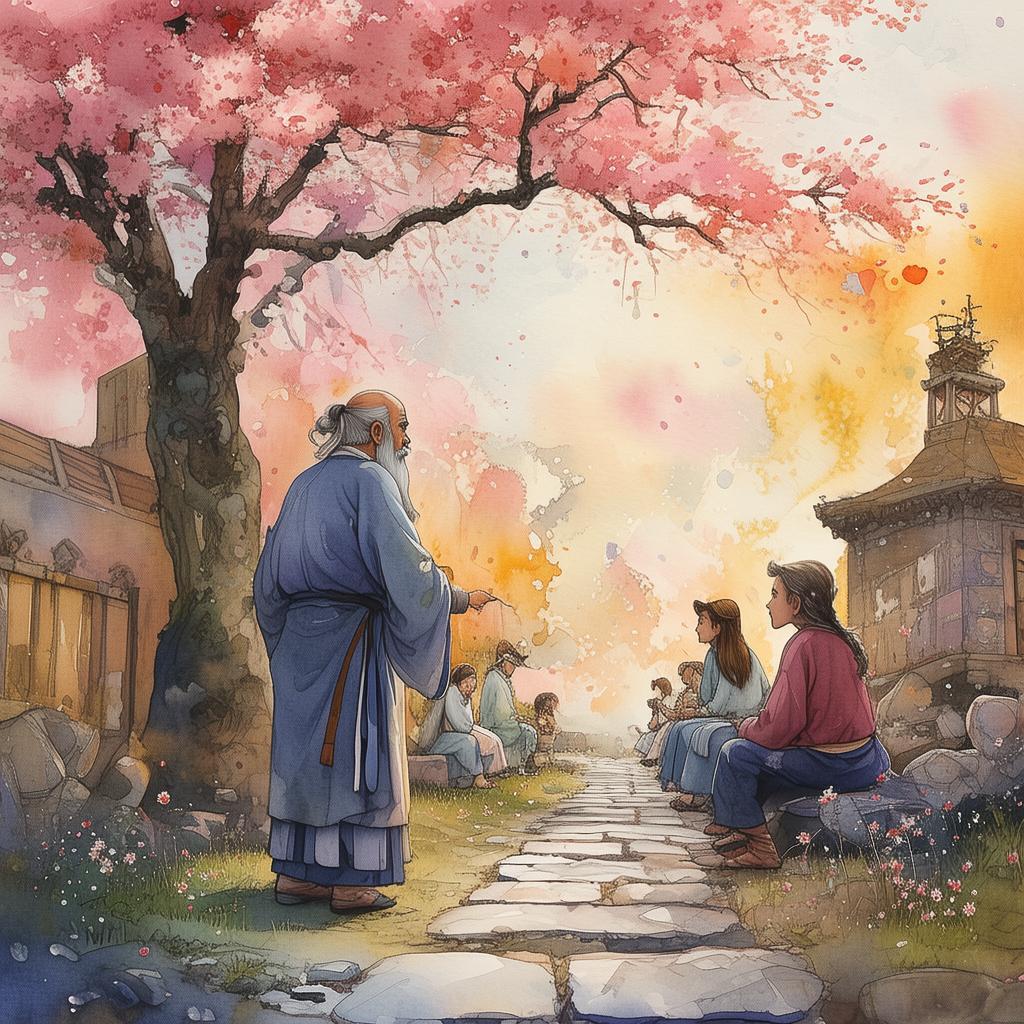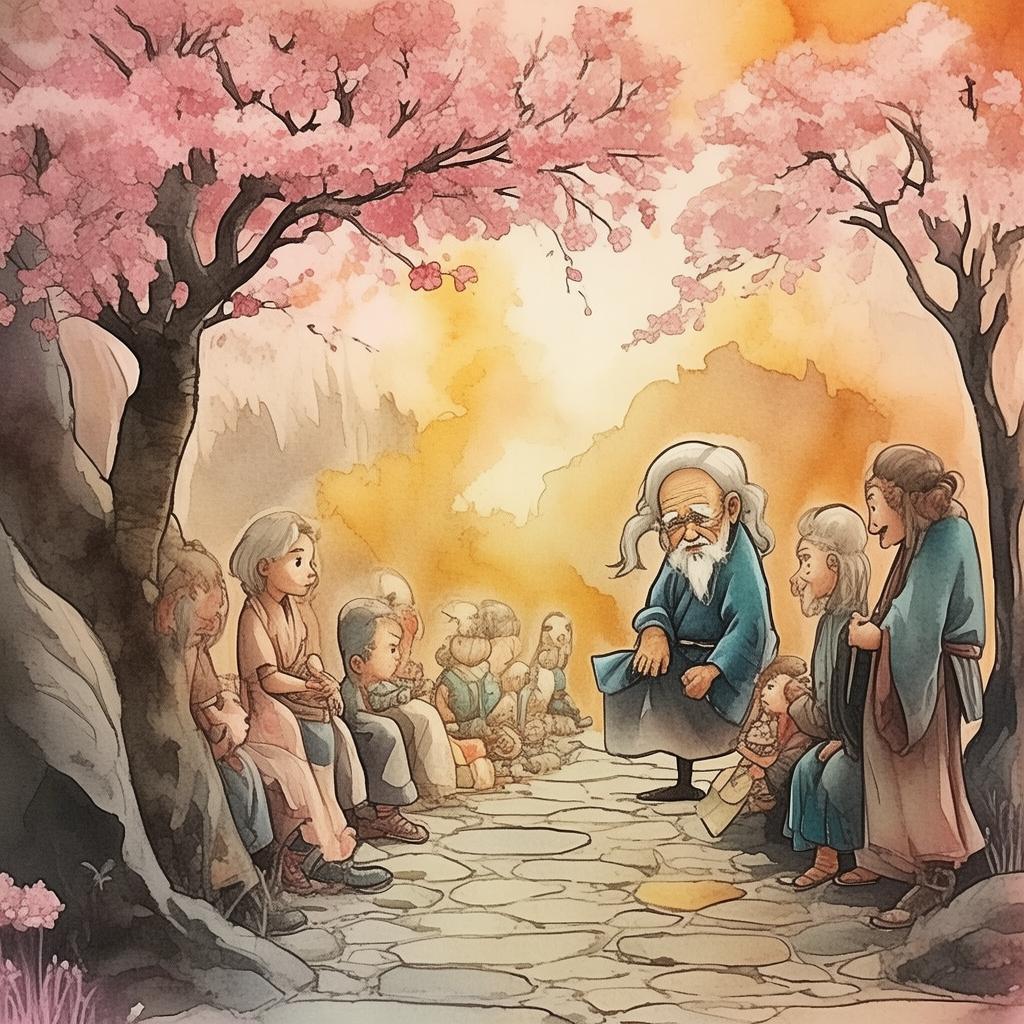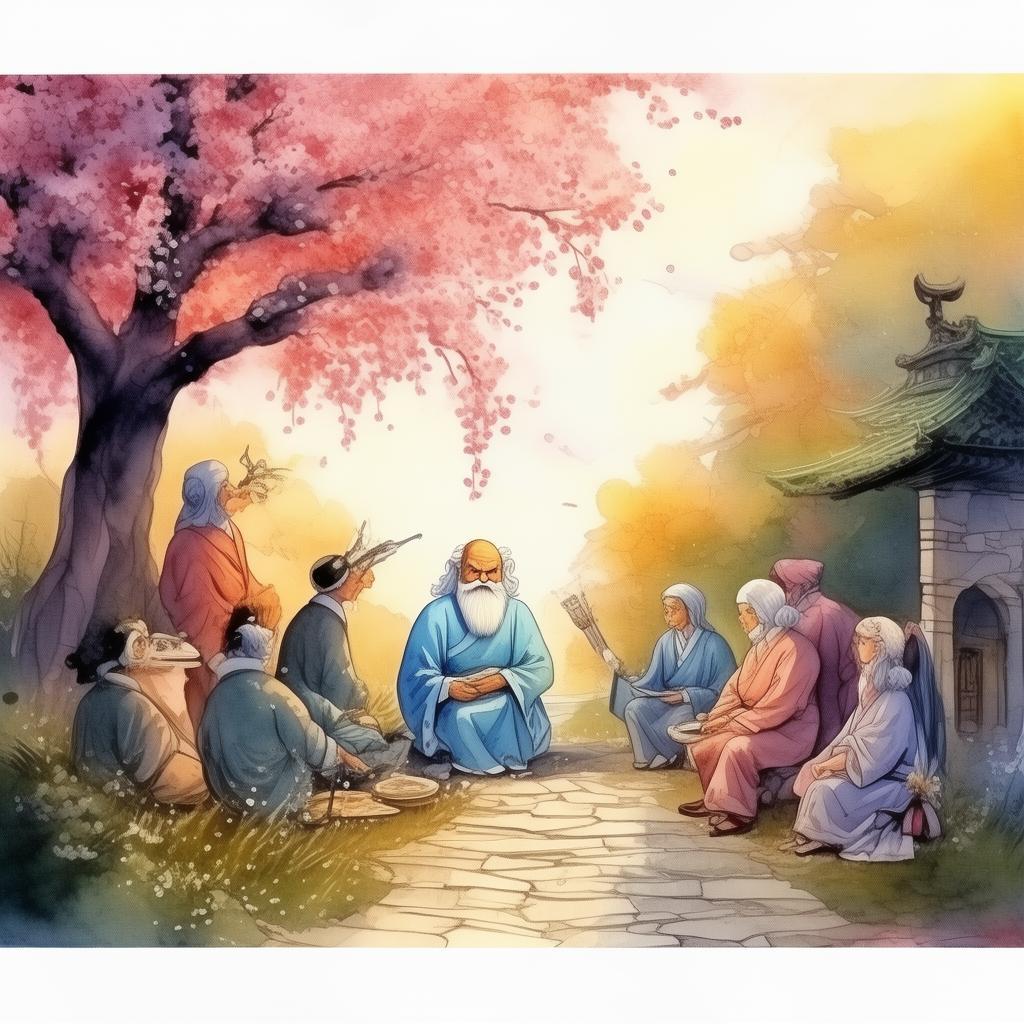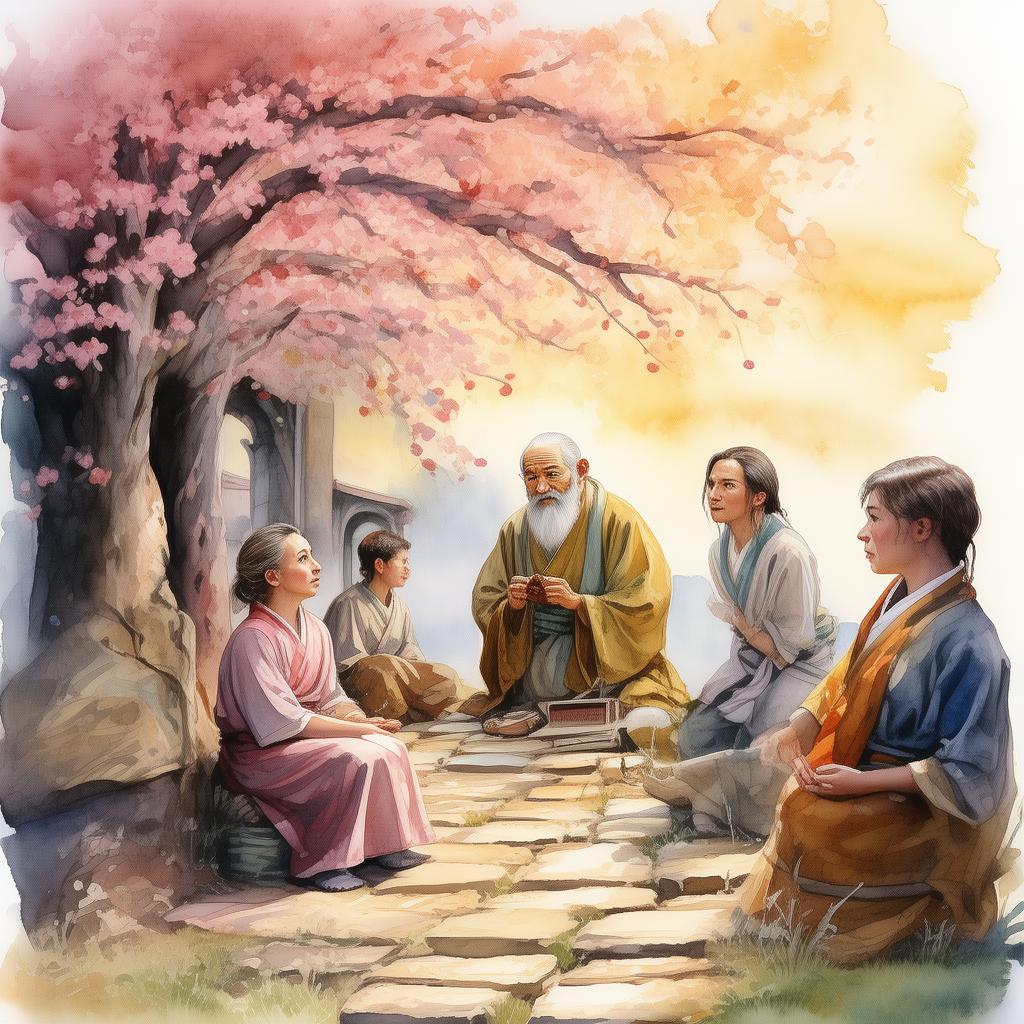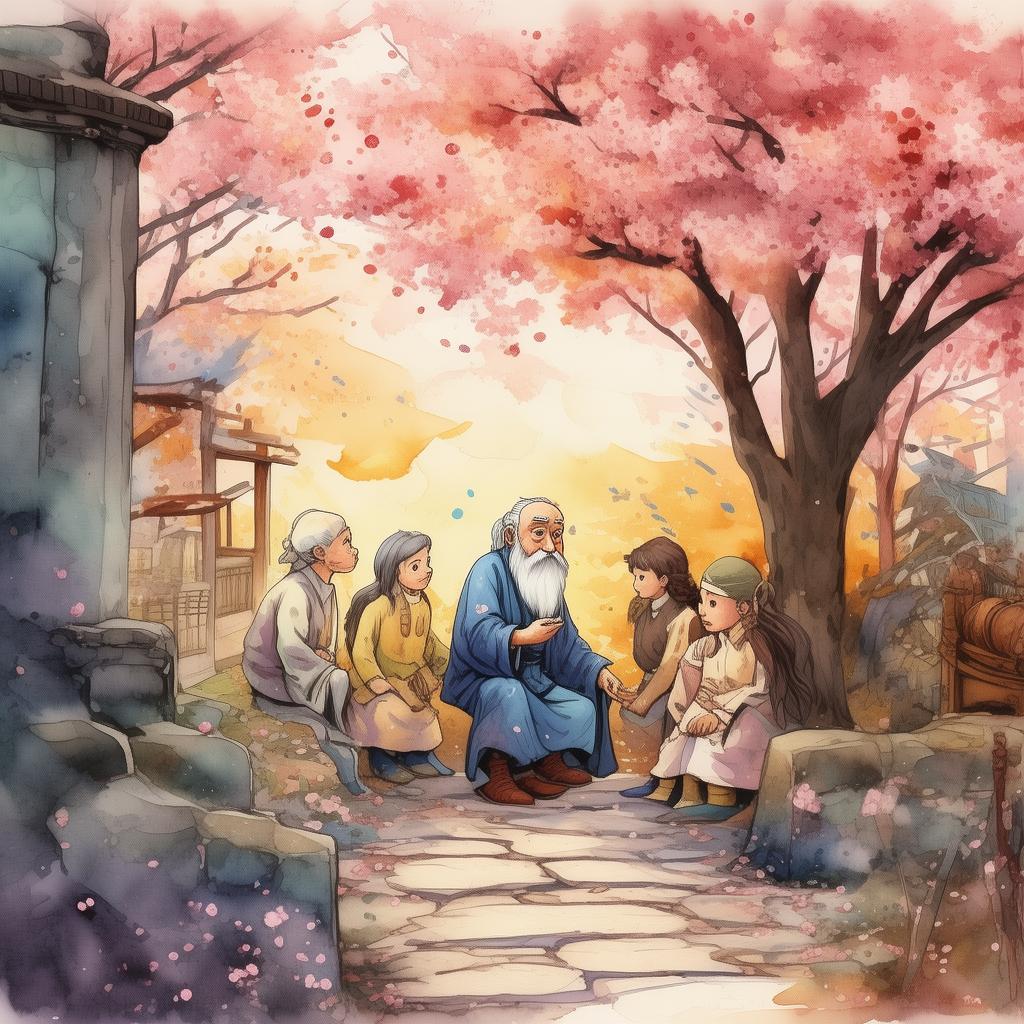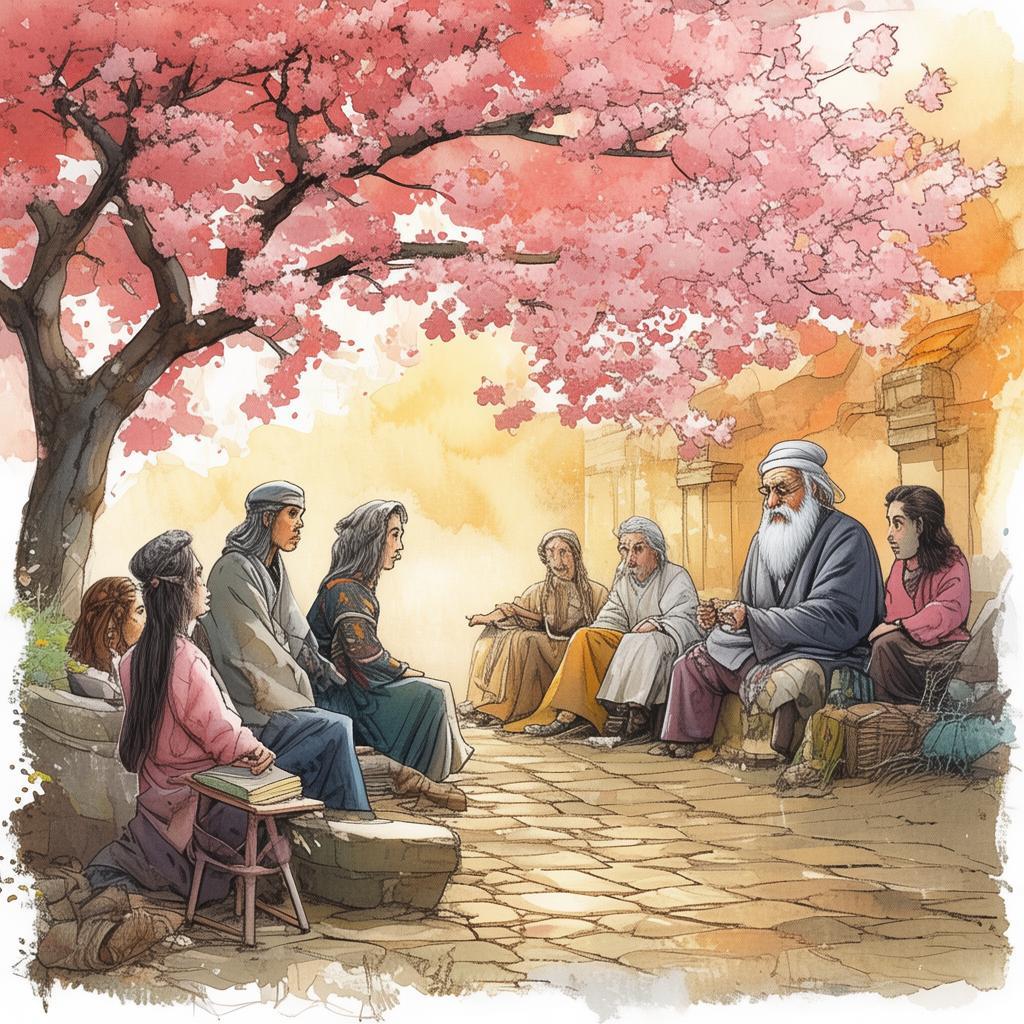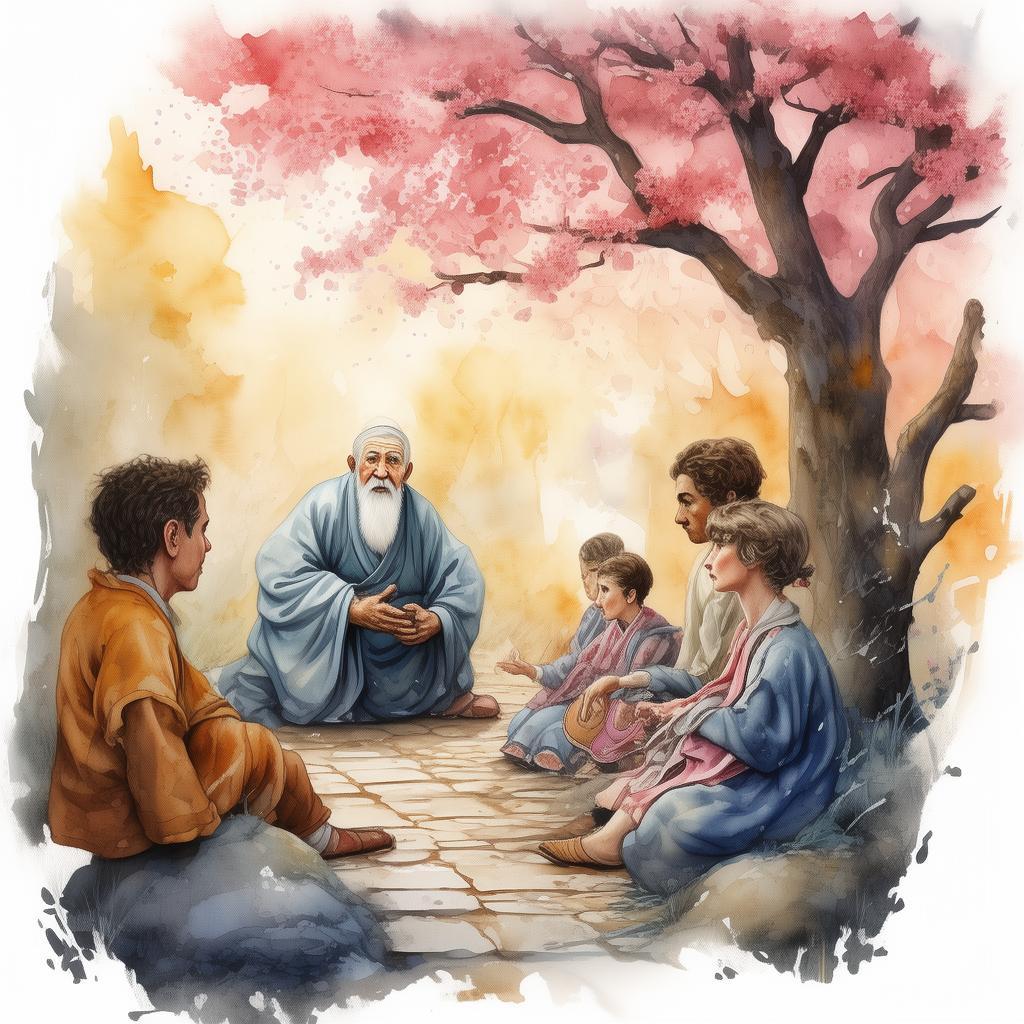The Renaissance Rascal's Renowned Reformation
In the vibrant heart of Renaissance Florence, where the air was thick with the scent of fresh paint and the hum of innovation, there lived a young man named Leonardo. His name was whispered among the elite as much for his audacious nature as for his unparalleled skill in art. He was known as "The Renaissance Rascal," a title that fit him as perfectly as his flowing beard.
Leonardo was not just a painter; he was a revolutionary. His brushstrokes were fluid, his color combinations daring, and his subjects were often controversial. Yet, despite his fame, he remained a lone wolf, shunning the company of the city's most influential figures.
One fateful day, as Leonardo was sketching the latest portrait of a noblewoman, his attention was caught by a small, worn-out book lying on the floor. Curiosity piqued, he picked it up and began to read. The book was a diary of a long-dead artist, detailing the creation of a masterpiece that was said to hold the key to an ancient secret. The diary spoke of a painting so powerful that it could change the course of a nation's destiny.
Intrigued, Leonardo set out on a quest to find the lost painting. His journey led him through the backstreets of Florence, the grand palaces of Rome, and the remote monasteries of the Italian countryside. He encountered countless obstacles and challenges, but his determination never wavered.
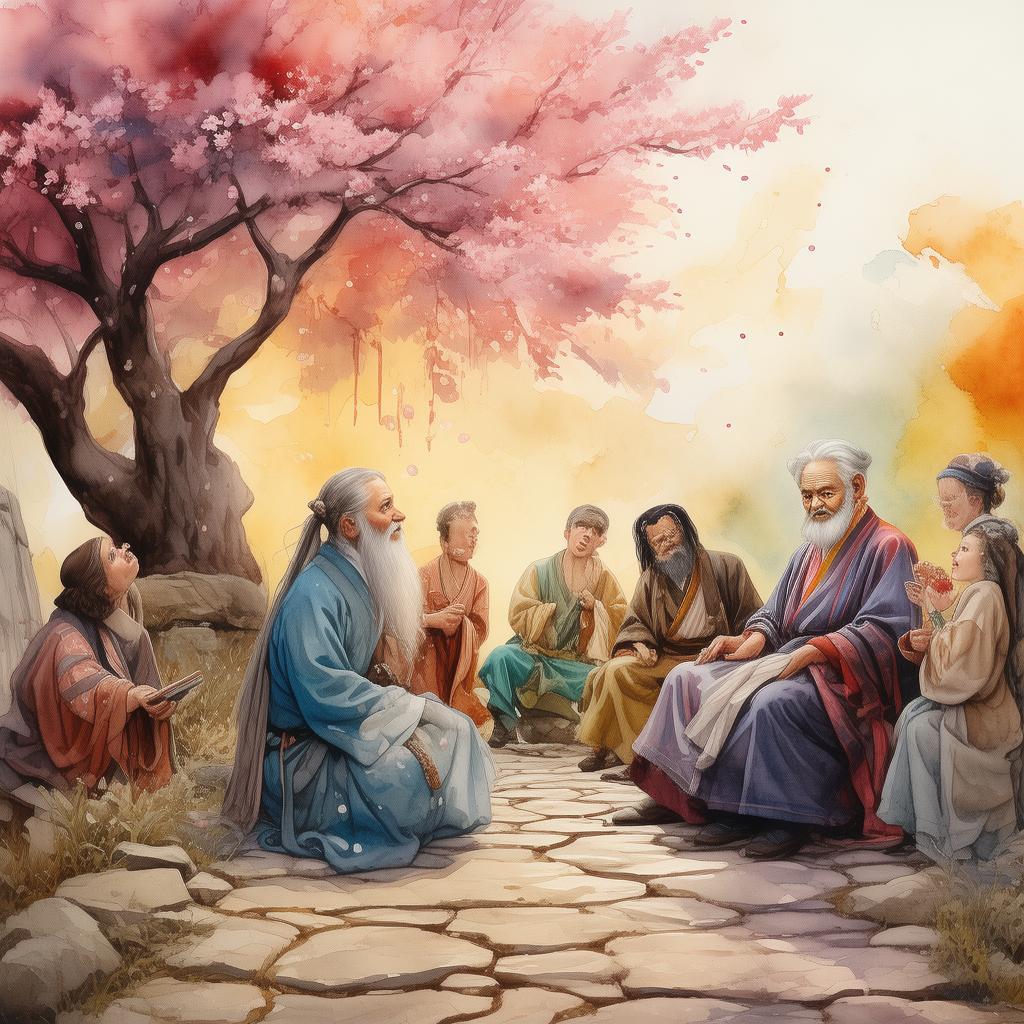
One night, as the stars shone brightly overhead, Leonardo stumbled upon an old, abandoned church. Inside, he discovered the painting, its surface covered in a layer of dust and cobwebs. As he carefully cleaned it, the painting began to glow, revealing intricate symbols and hidden messages that seemed to pulse with ancient power.
Leonardo's heart raced as he realized the truth of the diary's claims. The painting was not just a work of art; it was a key to a reformation that could reshape the very fabric of society. But as he delved deeper into the painting's secrets, he discovered that he was not alone in his quest.
A rival artist, also seeking the power within the painting, had been following Leonardo's every move. Now, as the rival closed in, Leonardo knew that he had to make a choice: use the painting's power for his own gain or risk everything to protect the secret it held.
In a climactic confrontation, Leonardo and his rival stood face to face, the painting between them. As the rival lunged for the painting, Leonardo revealed the truth: the painting was not a tool of power, but a symbol of love and unity. With the power of his art and the strength of his convictions, he convinced his rival to join him in a reformation that would bring peace and prosperity to all of Italy.
The Renaissance Rascal's Renowned Reformation was born, and Leonardo's name was forever etched into the annals of history. Through his art and his actions, he showed that even the most cunning rascal could find a place in the heart of a reformation.
In the end, Leonardo learned that true power lay not in the art itself, but in the love and unity it inspired. And so, The Renaissance Rascal's Renowned Reformation became a legend, a tale of art, deceit, and the transformative power of love.
✨ Original Statement ✨
All articles published on this website (including but not limited to text, images, videos, and other content) are original or authorized for reposting and are protected by relevant laws. Without the explicit written permission of this website, no individual or organization may copy, modify, repost, or use the content for commercial purposes.
If you need to quote or cooperate, please contact this site for authorization. We reserve the right to pursue legal responsibility for any unauthorized use.
Hereby declared.

